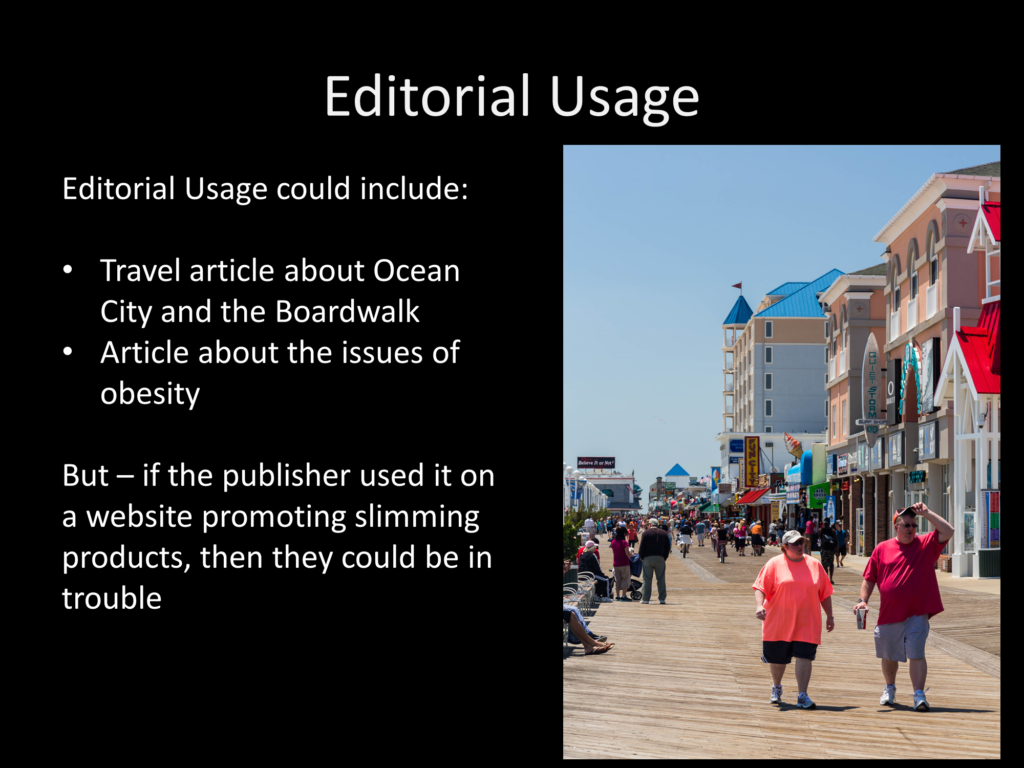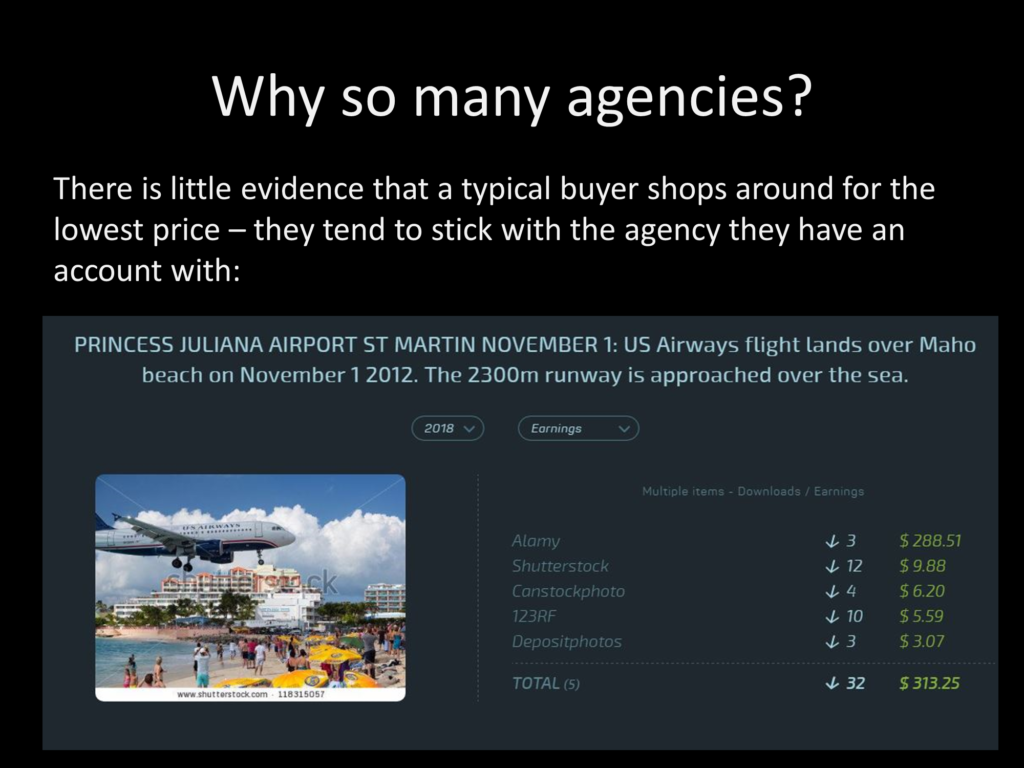Questions asked about stock photography – and answered!
After posting my results for August, I had three good questions posted in the comments section:
“I have 2 questions could you help to share your thought?
– Do you think spreading photos on wide spectrum of agencies is slowing down your sale on Shutter, or it’s just the nature of summertime?
– How about your sales on Deposit photo, is this a right vehicle to park your photos?”
“From your experience, is it ok to sell an image as an editorial on Shutterstock for example, and as commercial on Adobe Stock? So far, Adobe Stock does not accept images as editorial, so i was wondering if the contradiction would be ok. Thanks.”
Rather than answer in the comments, I thought it might make a good blog post so that everyone could see the answers I have.
Lets start with the editorial question. Unlike the discussion about licenses such as Royalty Free and Rights Managed, where there is a common consensus that you shouldn’t sell the same image under two different license terms at different agencies, this editorial category is much less clear. In my view, whenever you upload an image you are clearly stating whether you have a property release and/or model release for the image. That is really all you are doing and you should never lie about that. The agencies take that one step further. Although they know that it is the way the image is used that may generate a legal case, they always want to err on the side of safety and make it doubly clear to buyers that might not be very aware of their liability that certain images are not suitable for commercial use – ie they are not suitable to be used in a way that suggests that a person (or thing) illustrated in the image is “agreeing” with the point of view they are expressing in the text surrounding an image. As I explain at length in my Master Class video, the responsibility for ensuring that they have appropriate rights to use an image in the way they plan to use it rests with the “publisher” – the one who makes it available to the general public as part of an article, blog or advert. To take an example of a slide I use in the video to explain this:
If this is used to illustrate an article about either the location, or a social issue such as obesity, then I believe the publisher is following US law. If they use it to promote a slimming course or a product, then they are clearly not in line with the law and they would need model releases from the main people in the image to do that. So what the agencies are doing in setting an “editorial” flag is making sure that a naive buyer is really aware that they should not use this to promote a product or point of view.
There is nothing wrong, in my view, in leaving that decision up to the publisher. They know what they are doing, in most cases, and so they know the risks they are taking. If you are sufficiently sure that you are firstly, not telling lies about releases, and secondly, you are reasonably sure that the image doesn’t need a release because of the age of the subject (my medal), or the age of the building (Woodburn Hall at West Virginia University) then you are letting the publisher decide. To get it online we may need to follow the rules that the agencies set – ie submit as Editorial on Shutterstock and Commercial on Adobe, but we aren’t breaking any laws or committing ethical or commercial breaches. Incidentally, I just found out that Shutterstock wanted a property release for my medal shots and so I changed the description and submitted it this evening as editorial. In reality, most uses will be editorial I imagine and so nothing is lost.
The next question – does spreading your images across multiple agencies hurt Shutterstock sales, for instance? I’ve looked at this before around the posting of the same image on Alamy and also on Microstock sites and I have never been able to find any evidence that buyers shop around very much. I’m sure some do, but many people in companies have accounts with an agency and that is where they go for images. To use another slide from my Master Class:
Here you can see 3 sales for an average of $100 each on Alamy and 3 sales for an average of $1 on Deposit Photos. Could the Alamy buyers have got it cheaper – yes, they could. Did they – no. Did I lose a potential Alamy sale because of selling it elsewhere – possibly. It is impossible to tell. And if someone was searching around for a cheaper one and I hadn’t uploaded my image, they probably would have bought a similar image from someone else on the cheaper site. Unless your image is really unique, there will always be a cheaper alternative. So spreading images around maximizes the chance that they will sell. I do talk in the video about other examples of this, but you will have to spend 49c to find out!
Finally, Deposit Photos. There was some issue a few years back about them – just as there was with Fotolia and maybe other sites. I can’t exactly remember what it was now, but they have been perfectly professional with me and so I have no issues in submitting images to them. It comes to that basic question – will buyers search widely and end up on a small “cheap” site just to find my image. A few might, but those people will probably find something close to mine if they do so much searching. So I lose the sale anyway. So I generally submit to as many images as StockSubmitter can comfortably handle!
Hope this helps. Feel free to post other questions on my comments section if things aren’t clear.










Great answers, thanks Steve for your quick response
Hello Steve. This is my very first time through your blog, and let me tell you I’ve got a lot of answers and guidelines on the different posts I have read. Finally, I was looking for this specific advice (the one about publishing same material on different stock sites).
After reading your answers in here, I got a new question when I viewed your US Airways picture. How do you manage this kind of photos (company logos or vehicles) to be published? I mean, I have some great shots in which there are airplanes involved, but I’m not sure if those will be accepted, or it would be a good idea to publish them because I don’t have any specific permission from the brand/company to use it.
Thank you in advance for your advices and let me congratulate for such a good blog.
Sorry it has taken me so long to get back to you. I didn’t know this was sitting waiting for approval. The ones with company logos are submitted as editorial usage only – ie the journalist includes them in a story about the airline, for instance. In such circumstances, the inclusion of logos is OK.
Steve